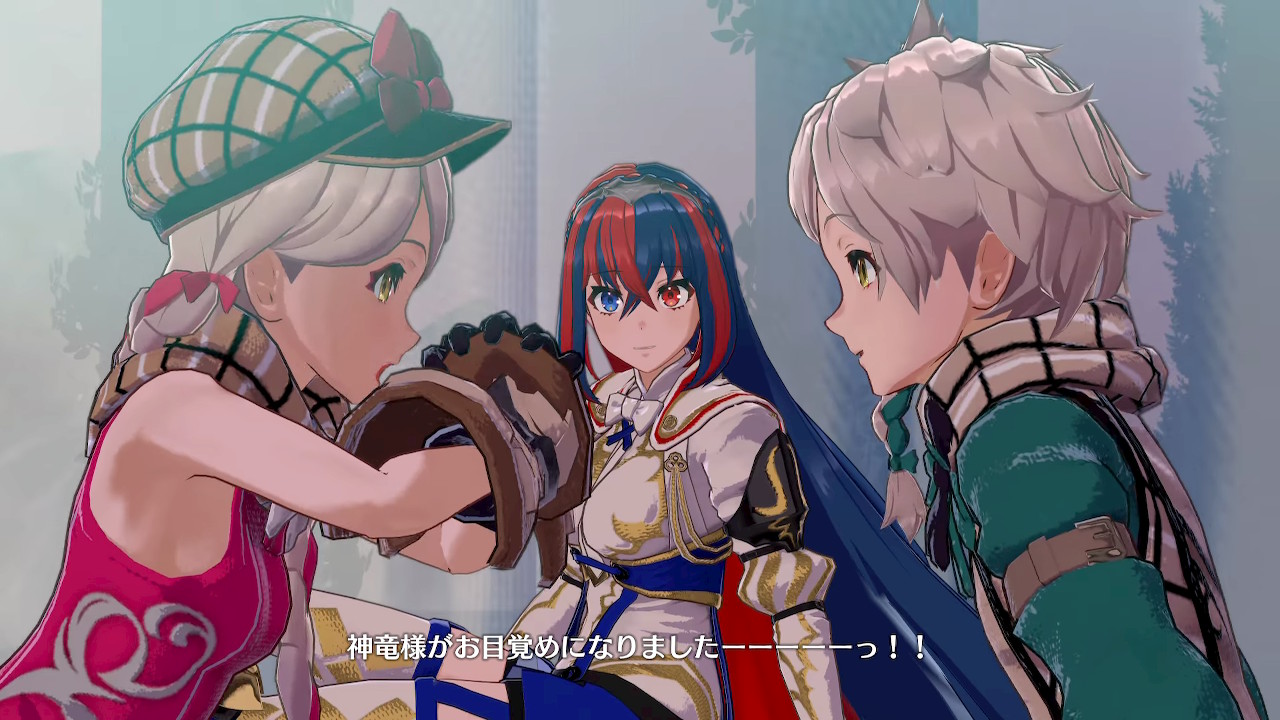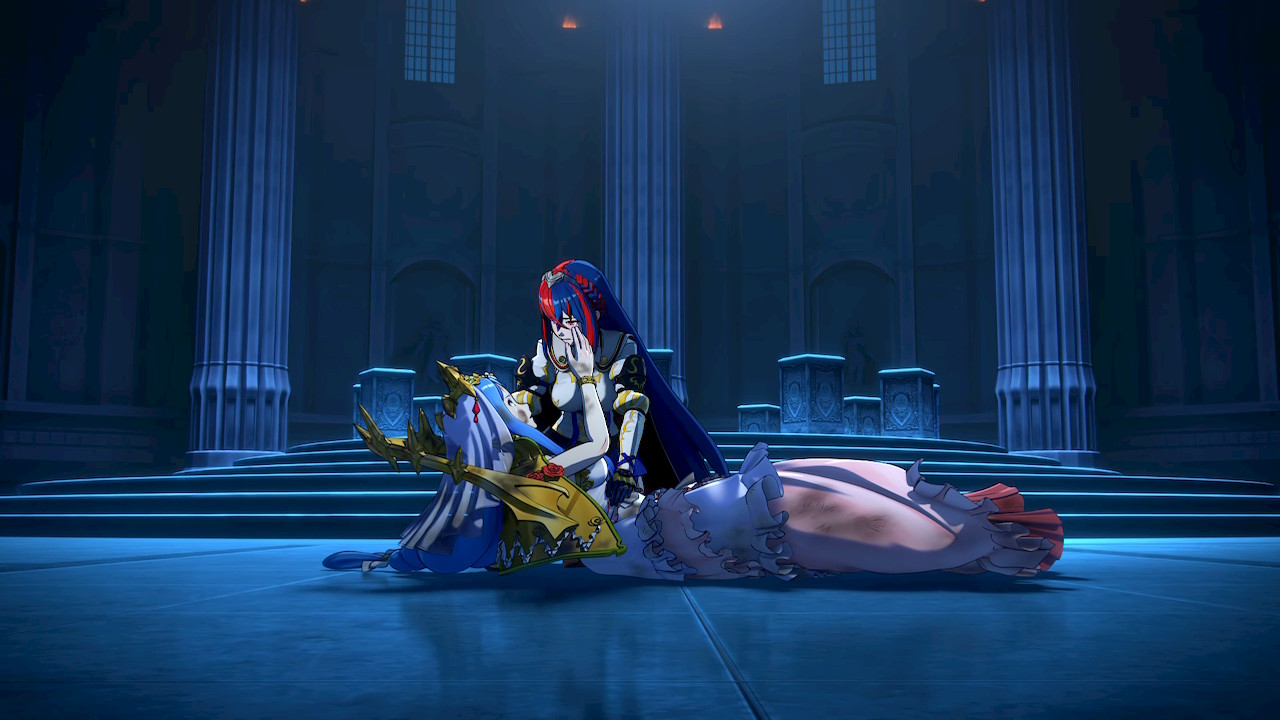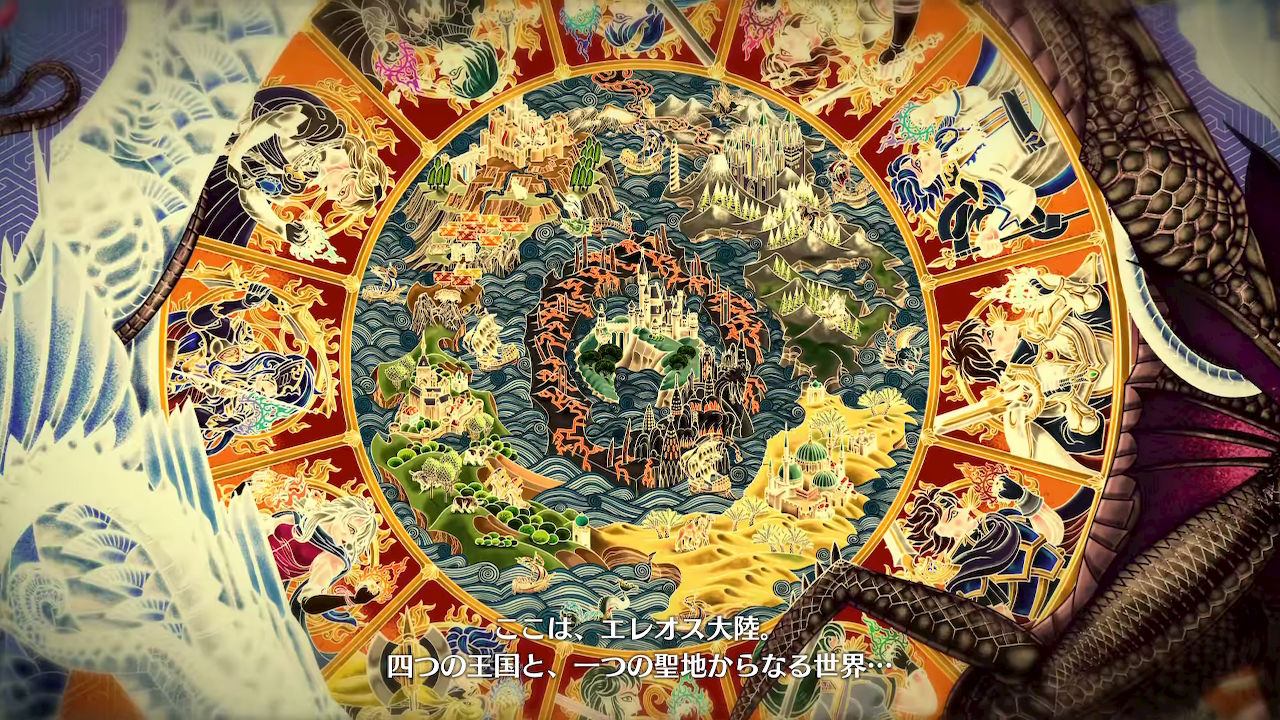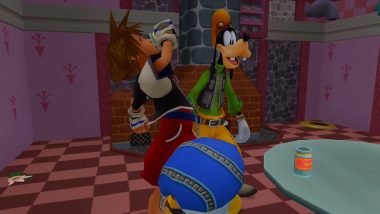Fire Emblem Engage: Why is the story being poorly received?

Fire Emblem Engage is now available and currently holds a nice Metascore of 82 on the review aggregate website Metacritic. I (the original author of this article) am playing and enjoying the game as well.
However, one thing that stands out is the negative impressions regarding the game’s story. For example, The Verge praised the game’s combat, but described the story as, “hollow.” RPG Site also had high praise for Fire Emblem Engage, but found the story to be disappointing.
In Japan, just after the release of the game, “風花雪月,” the subtitle for Fire Emblem: Three Houses in Japan, started trending on Twitter. Players were comparing Fire Emblem Engage with the previous entry in the series. Among those tweets, players were giving negative impressions of how the story is depicted. But why? I think one of the reasons lies in the sense of things being out of place in how the beginning chapters of the game are presented.
In this article, rather than talking about whether the story is good or bad, I want to put the nature of this feeling to words.
We’ll be talking about story elements up to chapter 4, so please be warned if you want to go in totally unspoiled.
1. Praised for not doing anything

The first thing that feels out of place is all of the indiscriminate praise and admiration. The protagonist of the game is a Divine Dragon. In other words, a god that is revered. Wake up? Praised. Fight? Praised. Just being there? Praised. Considering the character is a god, this reverence isn’t out of place in the game’s setting and can be a big self-esteem boost.
However, it gradually starts to get a little off-putting. That’s because the protagonist, which represents the player, hasn’t done anything yet. You haven’t done anything, but characters heap praise on you from the beginning. Being praised for accomplishing something feels good, but being continuously praised for doing nothing starts to feel weird, or rather, uncomfortable.
With that being said, the Fire Emblem series has had a multitude of reasons for protagonists to be revered from the beginning of the game, such as royal lineage. Even in Three Houses, the protagonist is highly thought of from the beginning. But in that case, the protagonist rescues the three house heads as a mercenary, so at least there’s a reason for it. You receive praise for legitimate achievements. On the other hand, praise in Engage comes down to simply being a god and feels a little idol-ish.
2. Your mother’s death

Early in the game, the protagonist’s mother Lumera, a Divine Dragon, dies. This puts the story in motion, but it’s hard to share empathy with the grieving protagonist. This is because the protagonist has lost their memory. At that point, a day hasn’t even passed since they met their mother. The character is almost a total stranger. Players also don’t get to spend much time with Lumera in-game, and the character dies before we even get attached. It’s just hard to feel sadness over this scene.
While it causes the protagonist to jump into action, players didn’t have an attachment to their mother which creates a disconnect between the determined protagonist and the feelings of the player. It’s another thing that feels out of place.
The death of a parent or parental figure hardening the resolve of a protagonist is something of a staple in the Fire Emblem series at this point. But Lumera’s time in the spotlight is especially short. Compared to Greil, Mikoto, Emmeryn, or Jeralt, the character is only around just briefly before dying. Lumera dies in chapter 3 just after the game’s tutorial ends, so it’s extremely quick by the series’ standards. Because of this, it’s hard for players to have an emotional attachment.
Additionally, there’s also the problem with how long the cutscene of her death is. Fire Emblem Engage has a lot of cutscenes. It also has more cutscenes where text can’t be manually advanced forward compared to past titles in the series, and this is one of those scenes. You can skip it all together, but then you won’t have any idea what happened, so that’s not a great option. This leaves players spending a lot of time watching the death of a character they hardly even know.
Incidentally, the scene lasts for around 5 minutes. The less you’re immersed into the game, the longer these cutscenes feel. I get the impression that players being forced into watching this entire scene that doesn’t emotionally resonate play out is part of why the story isn’t being reviewed favorably.
3. Dumps of world building

Fire Emblem Engage dumps the exposition on players. The game’s world has four different countries, along with other forces of influence, and it just lists all of this information off to the player, which I think is a primary factor for the sense of discomfort and feeling out of place I mentioned earlier.
Specifically, the game will frequently introduce information about a country while the player doesn’t even know what kinds of characters are there. This isn’t a problem specific to Fire Emblem Engage, but it stands out when compared to Three Houses which handled it so well.
Fire Emblem: Three Houses has an extremely complicated setting but starts by introducing the nobles who head their respective houses and shows what kind of characters they are from the protagonist Byleth’s perspective. Players get to indirectly see the appeals of each nation, and later, learn about each one in more detail as they progress. It’s excellent how players gain an understanding of the world naturally and in steps.
How the setting is explained in Fire Emblem Engage isn’t a notable problem, but it’s hard to understand when information is listed off that you don’t have a connection with. It’s not handled as smoothly as it was in Three Houses.
4. Over-the-top characters

Engage is a game that really pushes the appeal of its characters. The models and animations look great, and the characters are fully voiced. However, they tend to be a little over-the-top. There are characters that treat the protagonist like an idol and others that repeat odd phrases. Another character who attacks the protagonist without knowing they are a Divine Dragon even jumps to their knees for forgiveness. These kinds of antics help bring out a character’s individuality, but in a game about war, it tends to feel overly flamboyant.
Enemies will even retreat despite having an advantageous position, or say things like, “get over here!” to characters that are already standing next to them. A lot of it feels out of place. This isn’t new to the Fire Emblem series, but when it’s combined with rich animations and voice acting, it may make these over-the-top aspects stand out even more.

It’s these elements that feel out of place to the player and that are present from the very beginning that I think is contributing to the game’s story being criticized. There are probably a number of more minute details as well, but I think these are four primary factors.
This article isn’t an evaluation of whether the overall story is good or bad. The composition of it is quite polished, and it contains all sorts of peaks and standout scenes.
I’ve compared the game to Three Houses numerous times, but Three Houses tells a very complex story. When playing Engage, you can feel that they were trying to make a game that goes in a different direction. In an Ask the Developer interview, the developers state that “we wanted to simplify the story structure by having one major goal, so that players can put their full focus into enjoying the tactical gameplay.” They also discussed wanting to make a game that appeals to a broader audience, so we know that the simplification of the story was intentional.
Down the line, it seems possible that the series could continue down both a Three Houses path and an Engage path. Because of this, I don’t want to argue that the series should simply be like Three Houses. Some players might not want heavy story or prefer more humorous characters. There are probably even players that don’t play Fire Emblem for the story at all.
As mentioned earlier, Fire Emblem Engage is a high-quality game overall. The weapon triangle for the Break mechanic, the Engage system which adds depth to both the combat and the visuals, and the Chain Guard mechanic to work into your defensive strategy all come together to provide the preeminent combat experience for the series.
However, that out-of-place feeling present from the start of the game reduces the immersion, which is a shame. But maybe that’s just one of the other quirks with Engage. At any rate, playing Fire Emblem Engage has me anticipating the next Fire Emblem and the interesting gameplay it could bring even more. I’m looking forward to seeing what approach they take to the story on the next one.
Translated by. Nick Mosier based on a script written for AUTOMATON JP’s YouTube video




